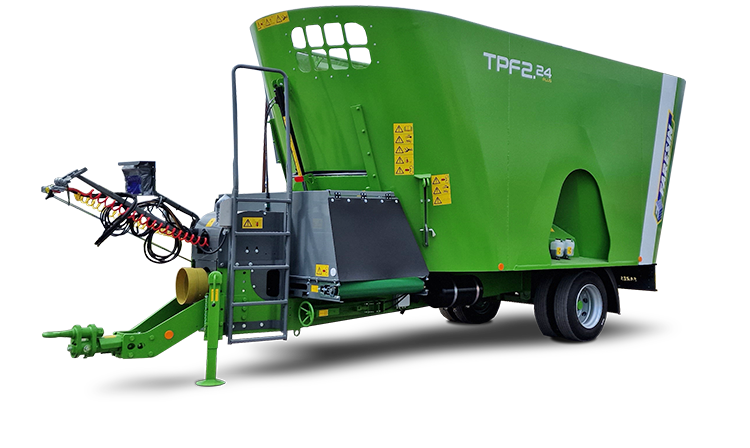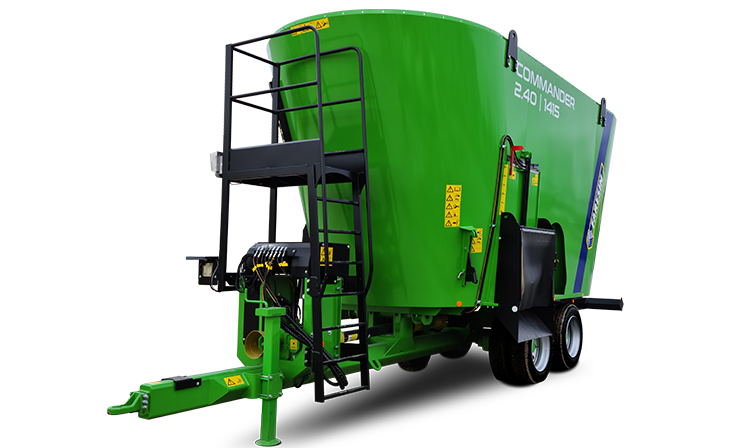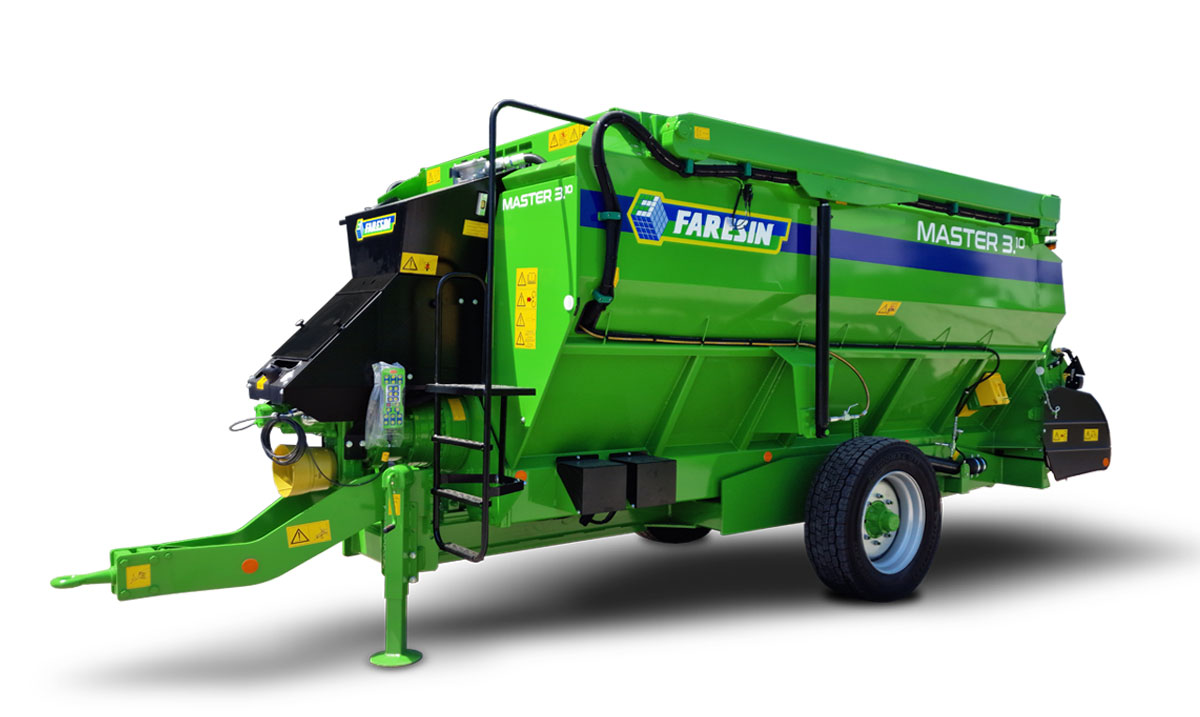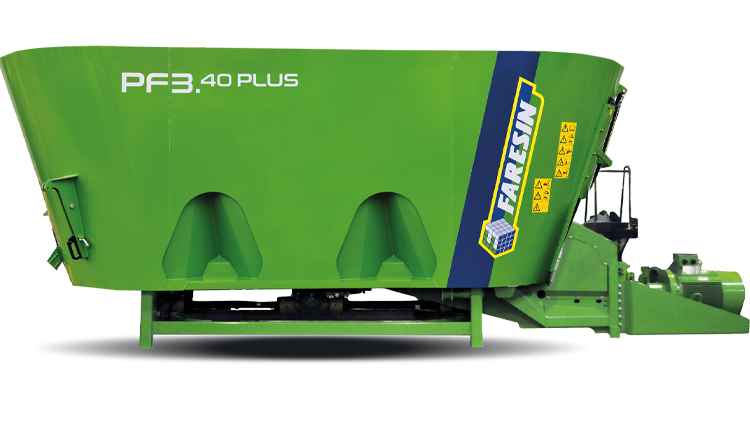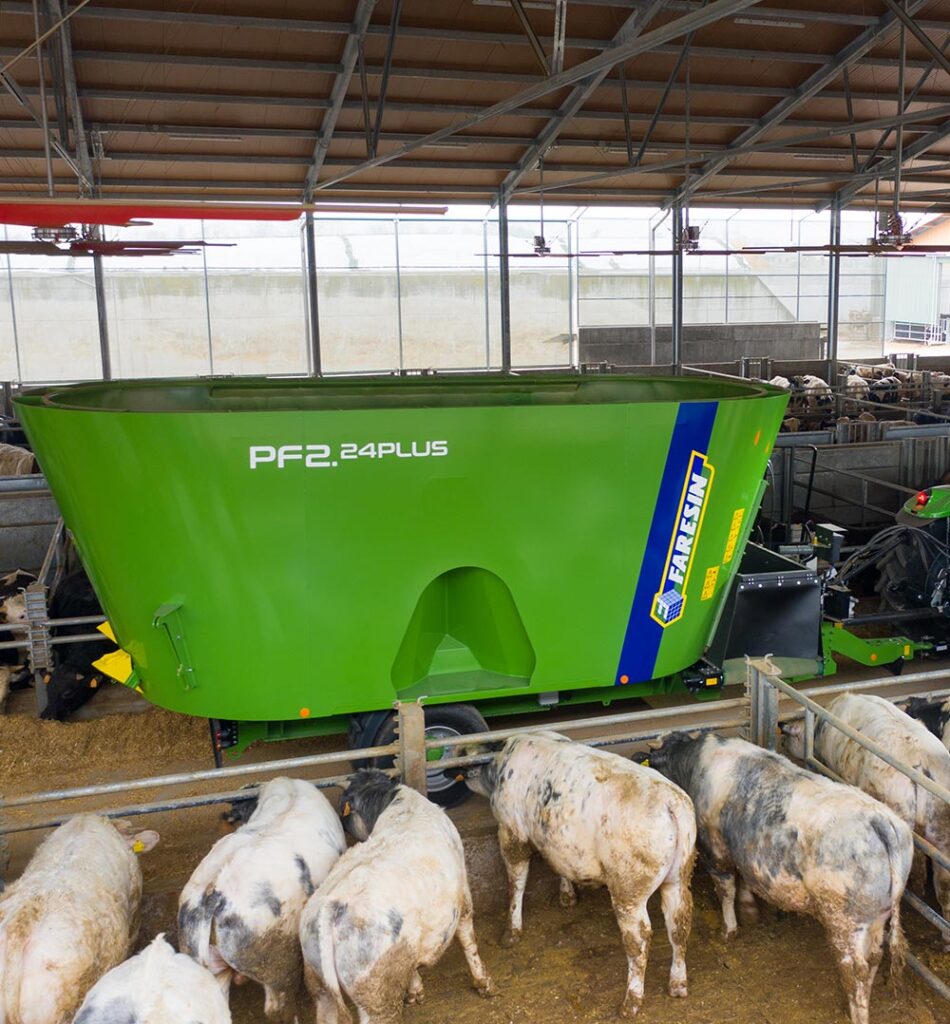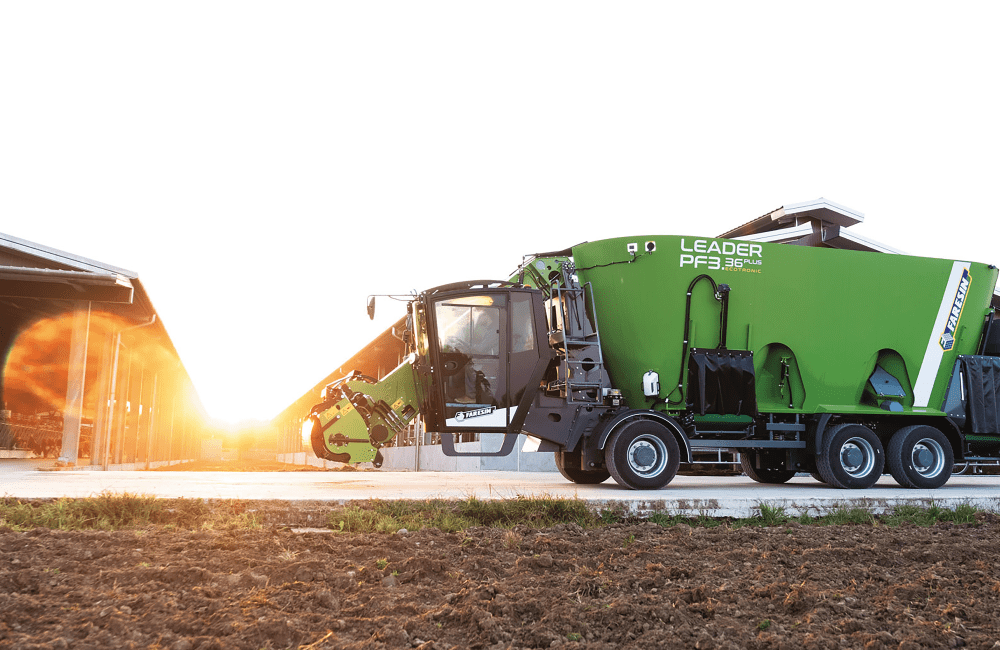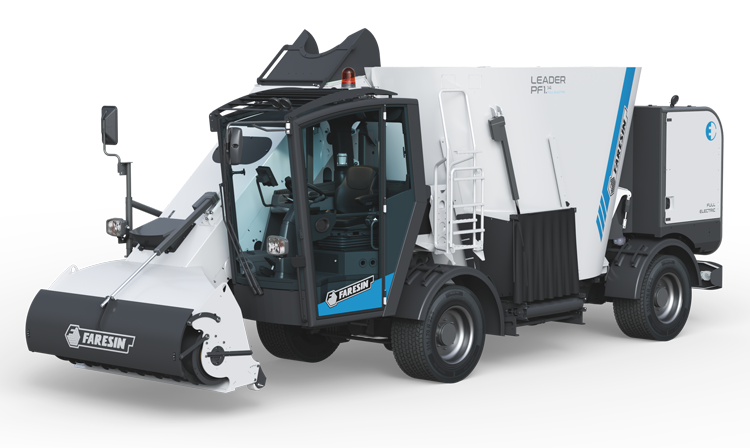
Leader PF FULL ELECTRIC
Green technology for animal welfare
- capacity 388-494-600 ft³
- 100% electric
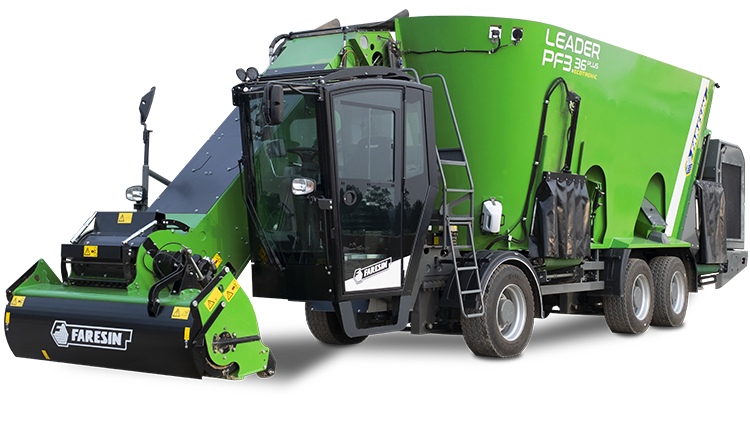
Leader PF Ecotronic
Suitable for large companies
- capacity from 1,059 to 1,412 ft³
- vertical mixing
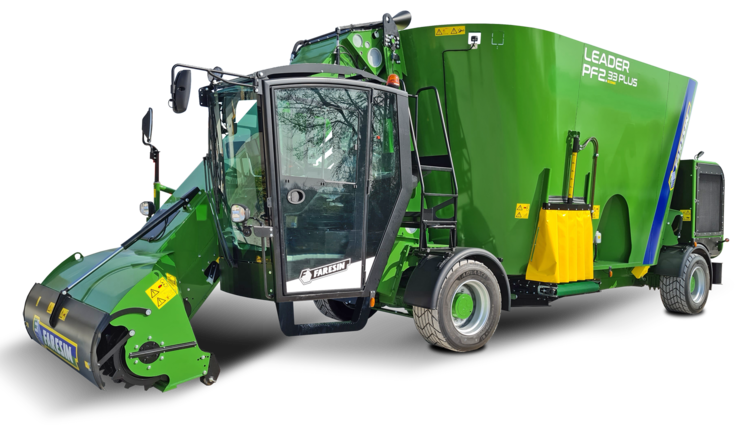
Leader PF Ecomix / Ecomode
Suitable for medium-sized companies
- capacity from 388 to 1,165 ft³
- vertical mixing
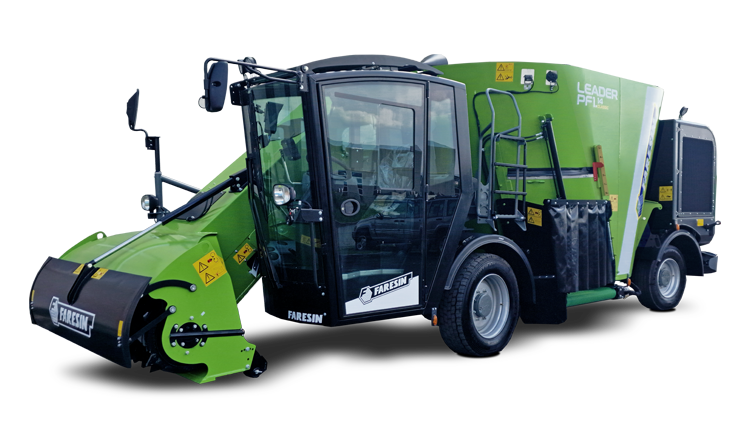
Leader PF Classic
Ease of use and handling
- cubature da 423 a 565 ft³
- vertical mixing
